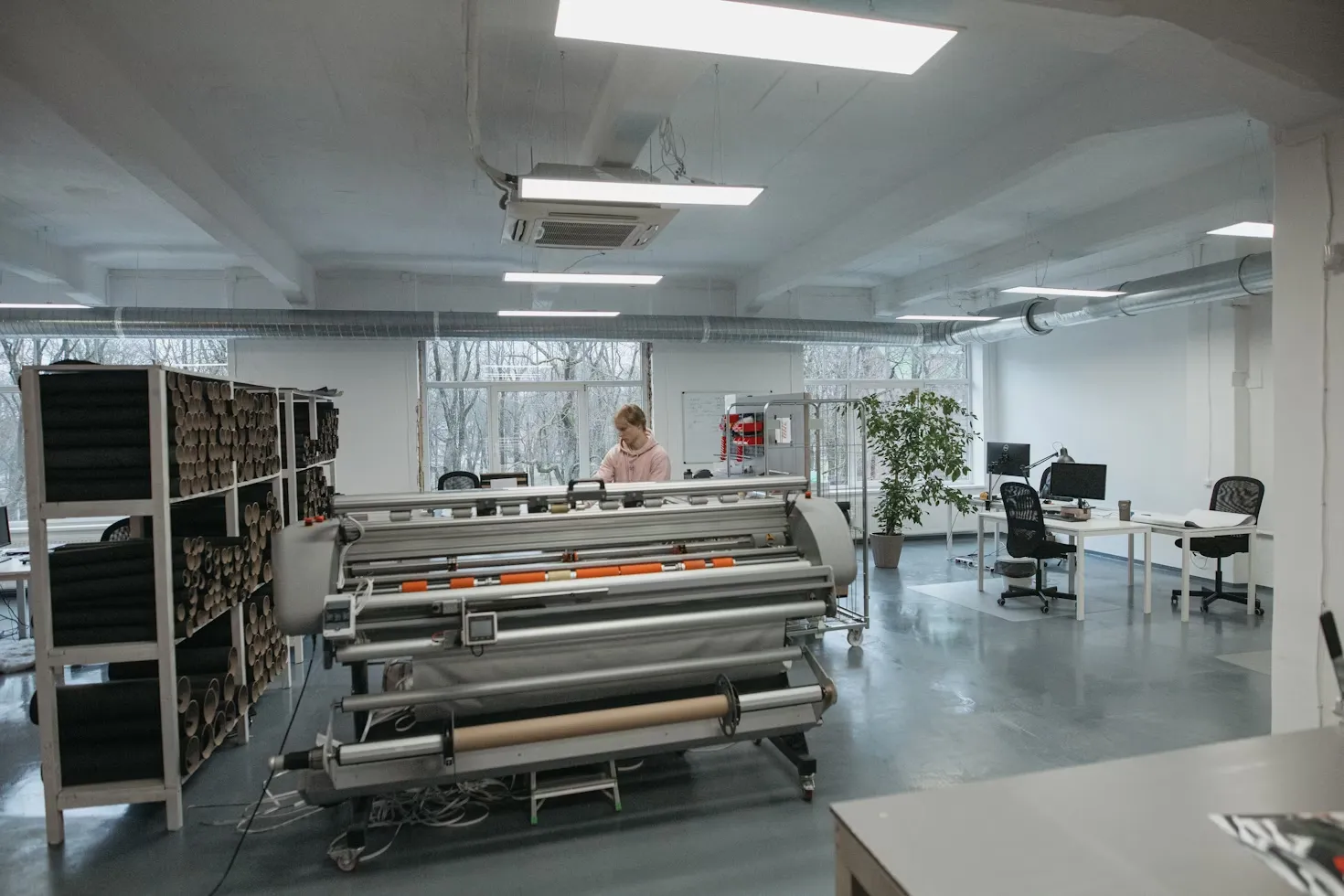Bridging the Gap Between Product Quality and Production Costs
August 13, 2025

Balancing quality with cost is a challenge many businesses face, especially when operating in competitive markets where customers expect both affordability and reliability. Striking the right balance requires a careful approach to materials, processes, and partnerships.
Companies that succeed in this balance often benefit from improved customer trust and better margins. By taking a strategic view of production and considering long-term efficiency rather than short-term savings, businesses can create products that meet quality expectations without overspending.
Key Takeaways on Bridging the Gap Between Product Quality and Production Costs
- Aligning quality with business growth: Finding a balance between cost reduction and quality is vital for sustainable expansion. It helps build customer loyalty and supports long-term growth.
- Monitoring and adapting production processes: Regularly reviewing production data, defect rates, and customer feedback helps identify areas for improvement. This allows businesses to respond to market demands and maintain competitiveness.
- Choosing the right manufacturing methods: The chosen manufacturing method significantly impacts both quality and cost. It should align with the product's purpose, expected volume, and market price point to reduce waste and improve efficiency.
- Streamlining the supply chain: An organised supply chain is crucial for controlling costs and maintaining quality. Effective management reduces delays, prevents overstocking, and minimises disruptions.
- Building strong relationships with partners: Reliable suppliers, manufacturers, and logistics providers contribute to consistent product quality and cost control. Strong partnerships can lead to better pricing and faster problem resolution over time.
Register Your LLC
Company Registration
START NOW
Aligning quality with business growth
When a company focuses too heavily on reducing costs, it risks damaging the product’s reputation. On the other hand, overspending on premium materials or overly complex processes can limit the ability to compete. Finding a middle ground is crucial for sustainable expansion.
Balancing these factors can contribute to exponential growth for your business, as customers are more likely to return for products that deliver on both quality and value. Growth becomes easier to manage when the production process is designed for scalability from the start.
Monitoring and adapting production processes
Even well-designed processes require regular review to remain effective over time. Tracking production data, monitoring defect rates, and reviewing feedback from customers can reveal areas in your production where changes might improve both cost efficiency and quality while reducing unnecessary waste.
This ongoing attention to detail helps businesses respond quickly to market demands, adapt to evolving industry standards, and keep their operations competitive in the long term.
Choosing the right manufacturing methods
The manufacturing method can significantly impact both quality and cost. For example, using plastic extrusions for creating durable low-cost products at scale can allow companies to produce consistent, high-quality parts while keeping production costs manageable.
Manufacturing choices should align with the intended use of the product, the expected production volume, and the market’s price point. A thoughtful selection process can help reduce waste and improve turnaround times without sacrificing durability or performance.
Streamlining the supply chain
A well-organised supply chain plays a major role in controlling costs and maintaining quality. Businesses that prioritise effective supply chain management can reduce delays, avoid overstocking, and minimise disruptions that impact production timelines.
Working closely with suppliers, monitoring lead times, and maintaining accurate inventory levels all contribute to smoother operations. These improvements allow production teams to focus on meeting quality standards without being slowed by logistical issues.
Building strong relationships with partners
Partnerships with reliable suppliers, manufacturers, and logistics providers make it easier to maintain consistent product quality while keeping costs under control. Strong relationships often lead to better pricing, faster problem resolution, and access to new innovations.
These benefits compound over time, allowing businesses to produce high-quality products at competitive prices without constant renegotiation or operational strain.
Balancing product quality and production costs requires careful planning, strong partnerships, and a willingness to adapt. By choosing the right manufacturing methods, streamlining supply chains, and aligning processes with long-term goals, businesses can maintain high standards while remaining cost-competitive. This balance helps them stand out in the marketplace and build lasting customer trust.

